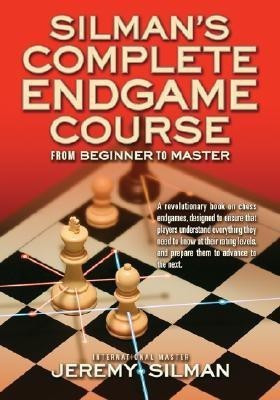
Reinforced Concrete Design (English, Paperback, Sinha S.K)
- Language: English
- Binding: Paperback
- Publisher: McGraw Hill Education India
- Genre: Non-Classifiable
- ISBN: 9780070473324, 9780070473324
S. N. Sinha’s Reinforced Concrete Design adheres to the Indian code of practice, latest edition, IS: 456-2000 laid down for Plain and Reinforced Concrete, and offers plenty of illustrations and solved examples to support its concepts.
Summary Of The Book
French Industrialist Coignet was a pioneer in the use of iron-reinforced concrete in constructing building structures in the mid 19th century. Construction of modern structures relies heavily on the use of Reinforced Concrete for durability and strength. Optimal building structures are based on designs that provide maximum efficiency in terms of overall cost effectiveness, operating costs, material costs, and ultimate strength.
Reinforced Concrete Design was published in 2002 by Tata Mc Graw Hill-Education and is a 708 page study book. It offers an in depth understanding of the concepts of Reinforced Concrete and Design, and is structured around 11 topics, namely Serviceability Requirements, Design Concepts, Retaining Walls, Beams, Columns, Slabs, Foundation, Staircase, Shear, Torsion and Bond, Flexure, and Reinforced Concrete Materials.
The book goes on to explain and analyse these topics from a practical point of view, by presenting the methods for Limit State, Working Stress and Design under Flexure/Shear, Rectangular, Circular and other methods of Designing Columns (including T- and L- sections), Reinforcement Detailing for staircases, columns, beams (haunched, intersecting, and cranked), foundation (grid and mat foundation, isolated and combined footing) and slabs (waffle, solid, and flat), study of Cracks and Deflection, concepts of Safety, Permissible stress and Load, and finally, Ductility requirement for earthquake resistance.
The book is instructional and user-friendly in its format, and it explains and supports theoretical concepts through illustrations and examples. It contains 300 illustrations and 86 solved examples to be precise, and tests the conceptual knowledge and understanding of the book through questions related to each chapter, and additional exercises for the reader.
Certain concepts of design such as Flat and Edge Supported Slabs, and Columns, have been stressed on. Topics such as Area and Perimeter of Standard Bars, SI Conversion Factors, Dead Weight of Materials, Maximum Bending Moments and Reactions in Beams, and Live Load on Floors and Roofs, have been well explained through the liberal use of detailed appendices, which add practical significance to the book’s theory.
About S. N. Sinha
S. N. Sinha teaches Civil Engineering at the Indian Institute of Technology, Delhi, and has spent most of his life teaching students at the graduate and postgraduate level.
He is the author of Handbook of Reinforced Concrete Design, and Research Methodology in Behavioural Science: Modern Trends.
His areas of expertise include brick masonry, folded plate structures, reinforced concrete and structural engineering experimental techniques. He has published several technical reports and 70 Research Papers so far.
| Imprint |
|
| Specialization |
|
| Term |
|
| Width |
|
| Height |
|
| Length |
|
| Weight |
|
- 5★
- 4★
- 3★
- 2★
- 1★
- 11
- 2
- 3
- 1
- 0
Could be way better
Flipkart Customer
Certified Buyer, Una District
Apr, 2023






